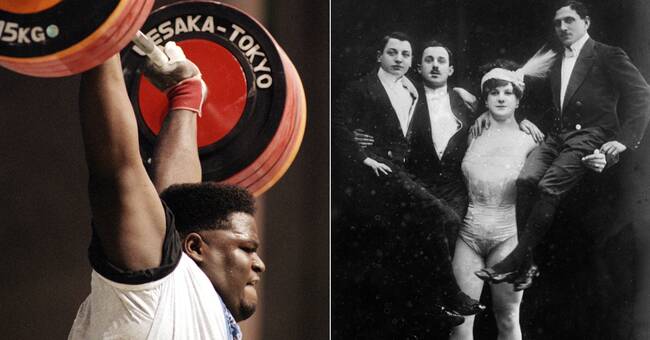Author and journalist Sara Martinsson was enchanted when she saw a woman in the gym performing a barbell jerk.
She was determined to understand the technology.
- There is an incredible elegance over jerks and shocks.
For me, it was the movement I became obsessed with, says Sara Martinsson.
The obsession became essays in the book Squat.
The title is a wink to the author Sven Lindqvist's Bench Press, a classic among reading and lifting people.
But Martinsson thinks that the title is gossip about how masculine coded strength training is.
Based on where you usually have a larger proportion of muscle mass, men are better suited for bench press and women for squats.
Sara Martinsson's book is rooted in the role of women in the gym, today and throughout history, and has therefore been given the title Knäböj.
Powerlifters and athletes
Weightlifting was not only a male occupation, but also a class marker.
- In workshops, shipyards and factories, the men could compete against each other on who could lift the heaviest.
If you were really good, you could make a career out of it, become a power man and tour with a circus, says Sara Martinsson.
The woman's role in the circus, on the other hand, was of a more feminine nature, such as linden dancers or snake charms.
Martinsson investigated the matter further and found the athlete ladies.
Like Katie Sandwina from Austria, active as a circus artist around the turn of the last century.
She was named the world's strongest woman and man.
She often performed by lifting her husband on one arm and her sons on the other.
"Cut!"
In the 80s, aerobics made its entrance via Jane Fonda and Susanne Lanefelt in SVT's Gymping.
Then women began to train on a broad front.
At the same time, the bodybuilding ideal grew among men.
- There, the bodies are separated to strive for traditionally masculine and traditionally female values, says Sara Martinsson.
And she thinks there are traces of it even today.
- If you go into a gym, you will mostly see guys among the free weights and barbells, and mostly women on the group workouts or at the cardio machines, she says.

